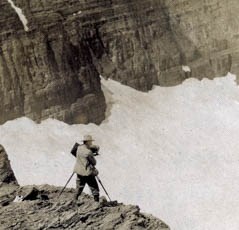
The United States Geological Survey (USGS) started the Repeat Photography Project in 1997 with a systematic search of Glacier's archives for historic photographs of glaciers in the park. They found many images to work with from early photographers such as Morton Elrod, T.J. Hileman, Ted Marble, F.E. Matthes, and others who scoured the park to publicize its beauty and earn their livings. The USGS scientists then hiked the historic images into the field to rephotograph them from the exact same vantage point. Below you will see pictures of the glaciers taken in late summer between 2015 and 2025. You can see more repeat photographs of the park's glaciers here. You can browse other repeat photos, and unrepeated glacier photos, on the USGS website here. Swiftcurrent Glacier in 2015 and 2025
Left image
Right image
Grinnell Glacier in 2016 and 2025
Left image
Right image
Grinnell Glacier in 2021 and 2025
Left image
Right image
Jackson Glacier in 2021 and 2025
Left image
Right image
Piegan Glacier in 2015 and 2025
Left image
Right image
Sperry Glacier in 2015 and 2025
Left image
Right image
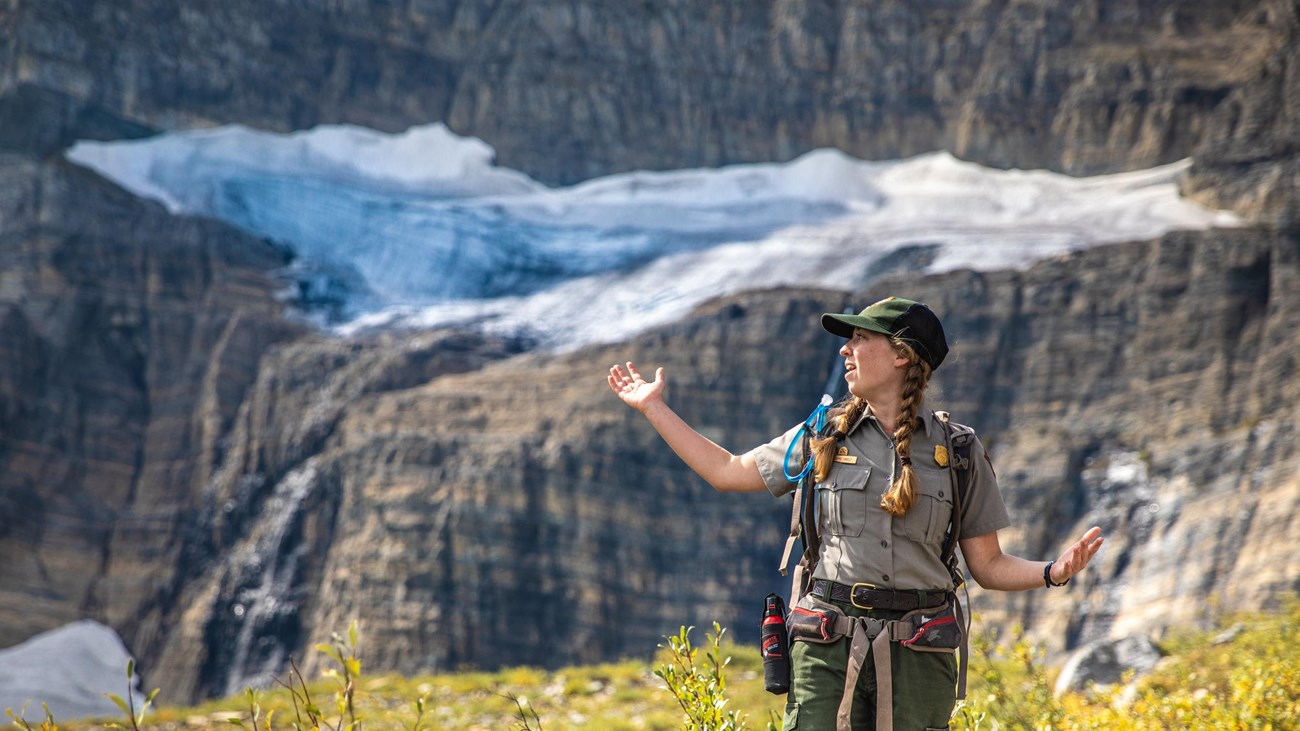
Overview of the Park's Glaciers
Here are the most frequently asked questions about Glacier National Park's glaciers. 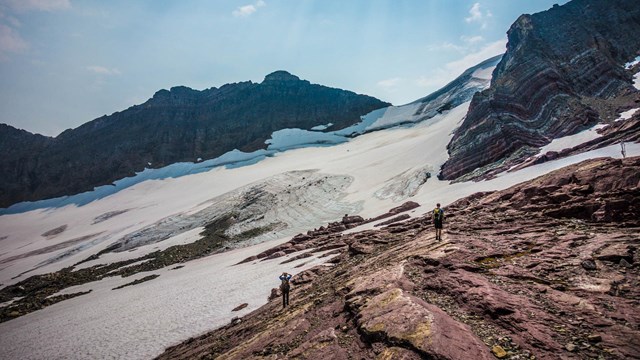
How to See a Glacier
With a little effort you can see a glacier with your own eyes here. Some are visible from the road and others require a day hike. 
Glacial Geology
Once you know what to look for, viewing Glacier's landscape can seem like reading a textbook on the geologic effects of glaciation. 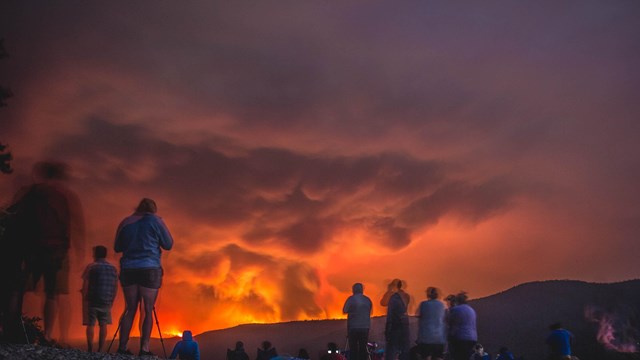
Climate Change
Global warming is melting the park’s glaciers, increasing the severity and likelihood of wildfires, and shifting wildlife habitat. 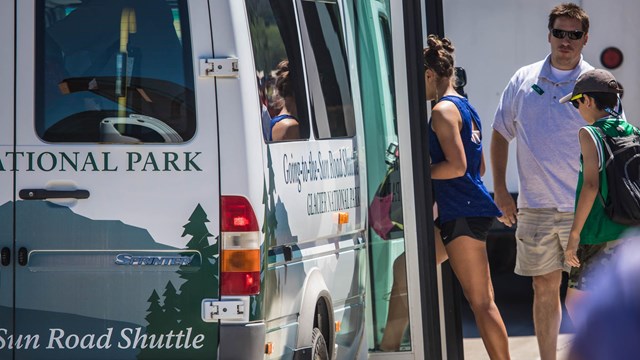
Reduce Your Carbon Footprint
Many people fall in love with Glacier and then want to reduce their footprint. 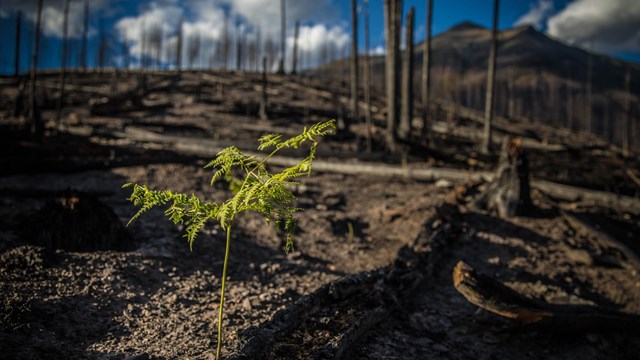
Sustainability
Learn about what Glacier National Park is doing to reduce carbon emissions. |
Last updated: November 13, 2025
